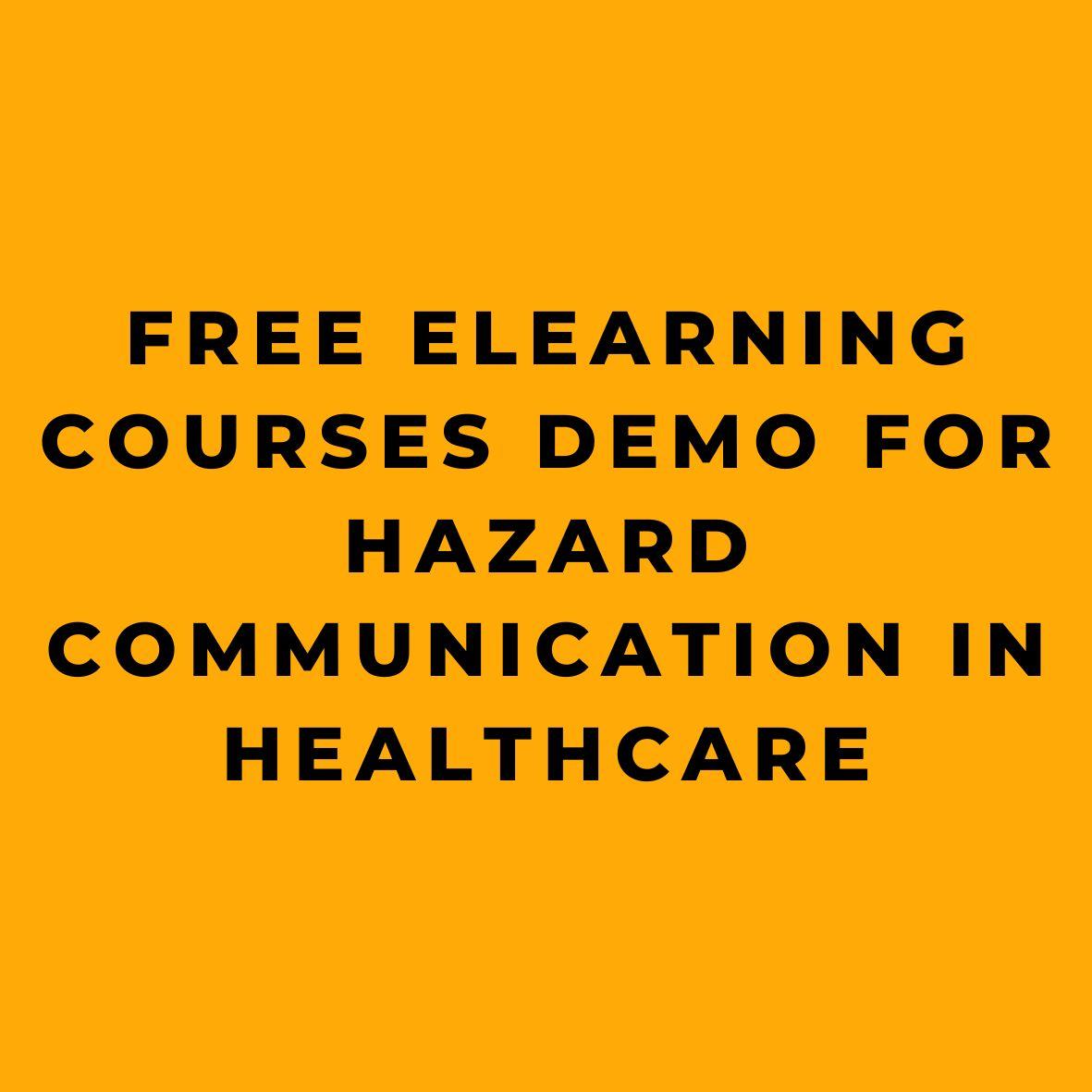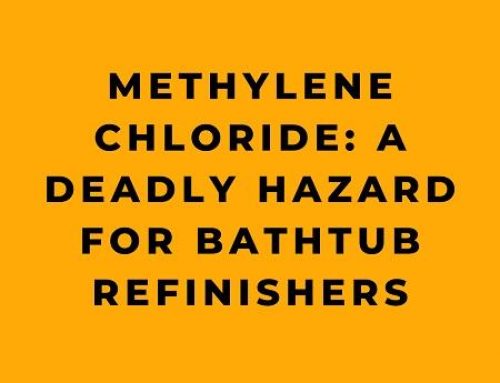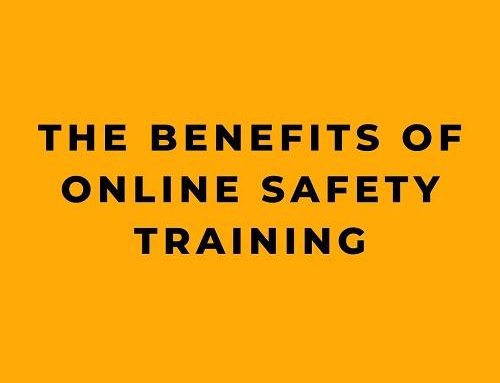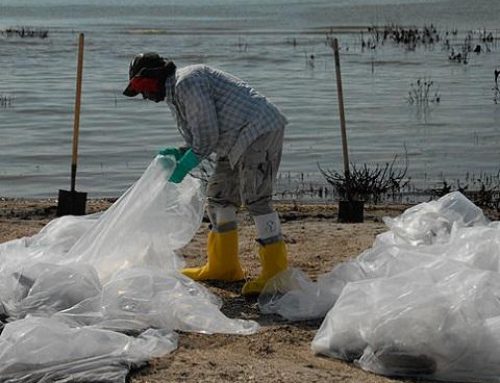Free eLearning Courses Demo for Hazard Communication in Healthcare
Hazardous materials can be found in all healthcare facilities and play important roles in many aspects of patient care. They are used for heating buildings, sanitizing instruments and equipment, cleaning rooms and common areas, among others. However, these hazardous materials can also create serious hazards for us if they are not handled safely. That’s why OSHA established the Hazard Communication Standard in 1983, also known as the “HAZCOM Standard”. This law gives you the “right-to-know” about any potentially hazardous materials that can be encountered in your workplace and requires employers and HAZMAT suppliers to provide you with complete information on how to work with them safely.
To provide you with complete information on hazardous materials, the Hazard Communication Standard established three main sources of HAZMAT information: Safety Data Sheets, HAZMAT container labels, and a company’s written Hazard Communication Program. Safety Data Sheets (“SDS’s”) are provided by HAZMAT suppliers for each of the hazardous materials they produce. An SDS tells you the material’s names, the company that manufactured it, the hazards that are associated with it, and the precautions you should take when handling it. It also discusses the first aid that should be given to someone who has been exposed to the material and how to respond to a spill. Your facility keeps its SDS’s in a central location so you can refer to them whenever you need information on the HAZMATs you work with.
HAZMAT container labels are required to follow the GHS standards. A company’s “in-house” HAZMAT labels do not have to follow the GHS format, but they do have to display all the information that the system requires. The third source of information about hazardous chemicals is found in a company’s written Hazard Communication Program, which is a “blueprint” for how a facility complies with OSHA’s Hazard Communication Standard. The program will describe what HAZMATs are present on-site, where they are located, how they are labeled, where their SDS’s are kept, how employees will be trained in HAZMAT safety, and anything else an employee needs to know to work with the materials safely.
In spite of all the precautions that we take to handle hazardous materials safely, accidents can still happen. A HAZMAT “spill” or “unplanned release” could result in people being exposed to a very dangerous substance. To understand how this could affect you, it helps to know a little more about how exposure “works”. Any health effects that result from a HAZMAT spill or leak will depend largely on the “dose” and “duration” of the exposure. The dose is the amount of the substance you have been exposed to. As a rule of thumb, the larger the dose, the more serious your reaction will be. The duration is the period of time that you are exposed to the substance. In most cases, a “short-term” exposure will cause no serious health problems, though some materials can cause sudden or “acute” effects, such as a rash or a burn. A long-term exposure to a hazardous material is likely to also cause long-term health effects.
To prevent exposure to hazardous materials, it’s important to understand how a substance can get into your body. These are called “routes of entry”, and there are three of them: “Skin contact”, “Inhalation”, and “Ingestion”. While all materials can be absorbed through skin contact to some extent, liquids are absorbed most easily. Inhalation occurs when you breathe in hazardous dusts, mist, gases, or vapors. Ingestion happens when hazardous materials are swallowed, and this can occur through accidentally putting contaminated fingers, food or drinks into your mouth, or not washing your hands before eating or smoking.”
It’s important to note that the effects of exposure to hazardous materials can vary depending on the type of material and the route of entry. For example, some materials may cause immediate irritation or harm upon contact with the skin or eyes, while others may have long-term effects on the body after repeated exposure over time.
To prevent exposure to hazardous materials, it’s important to take appropriate safety measures such as wearing personal protective equipment (PPE) like gloves, respirators, and eye protection. Proper ventilation and using engineering controls such as fume hoods and local exhaust ventilation can also help reduce the risk of inhalation exposure.
Furthermore, it’s important to properly label and store hazardous materials, and to follow safe handling procedures such as not eating, drinking, or smoking in areas where hazardous materials are present. In the event of a spill or release, it’s important to follow emergency procedures and contact the appropriate authorities.
In addition to these safety measures, it’s important to be aware of the signs and symptoms of exposure to hazardous materials, which can include respiratory problems, skin irritation, headaches, nausea, dizziness, and fatigue. If you experience any of these symptoms, it’s important to seek medical attention immediately.
Preventing exposure to hazardous materials requires a combination of knowledge, training, and proper safety measures. By taking these precautions, we can help protect ourselves and others from the harmful effects of hazardous materials.
Attention all healthcare industry professionals! Are you concerned about potentially hazardous materials in your workplace? Do you want to ensure your employees have the knowledge and tools to handle these materials safely? Look no further than “Hazard Communication in Healthcare Environments” courses!
Our updated courses cover everything from the requirements of OSHA’s Hazard Communication Standard to the different types of hazardous materials and how to avoid exposure. With options ranging from micro-learning courses to full-length online courses, as well as DVDs and interactive CD courses, there is something for everyone.
Our courses are designed to keep employees engaged and involved in the learning process, with real-life workplace settings and interactive quiz questions. Plus, if a trainee misses a question, they are presented with the content that explains the topic again – reducing training time and increasing effectiveness.
With over 170 courses available on important topics such as regulatory compliance, human resources, and general safety, our libraries are comprehensive and informative. Don’t miss out on the opportunity to protect your employees and your workplace. Choose our “Hazard Communication in Healthcare Environments” courses today!










